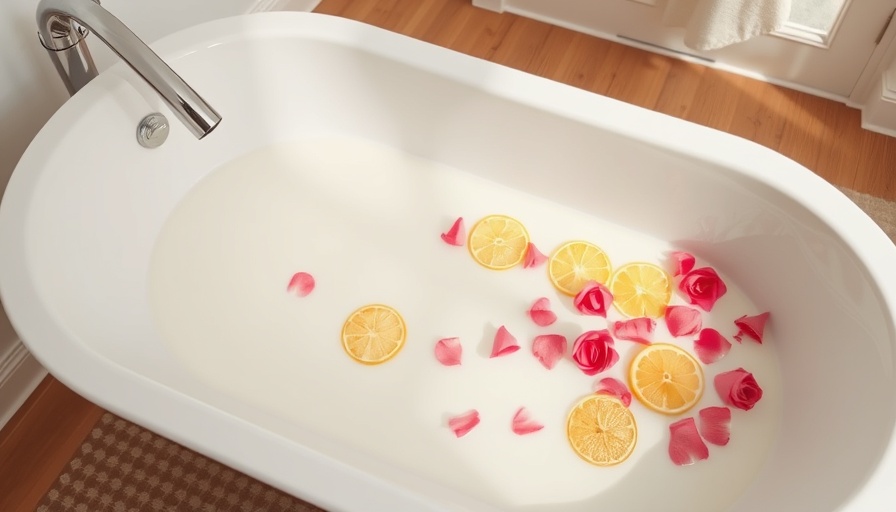
Understanding the Haze Dilemma on Engineered Hardwood Floors
Engineered hardwood floors are more than just a trendy choice for modern homeowners; they are a testament to comfort and style. Yet, even with their numerous benefits, there's a common adversary that haunts many owners: haze. This unsightly film can dull the beautiful finish and diminish the aesthetic appeal of your floors.
Why Does Haze Form on Your Floors?
Over time, your engineered wood floors may develop a hazy appearance due to several factors:
Inappropriate Cleaning Solutions: The most significant culprit is usually the cleaning products we use. Some products, especially those containing wax or harsh chemicals, can leave a film that contributes to the haze.
Overzealous Water Usage: While cleaning requires a bit of water, too much can seep into your floors, particularly if they aren’t sealed adequately. Excess moisture can lead to unsightly results.
Improper Finishing: A poorly applied finish can fail to seal the wood completely, resulting in a haze that can be time-consuming to fix.
Removing Haze from Engineered Hardwood Floors
Don’t despair if your floors are showing signs of haziness. Here’s a step-by-step guide to restore their glory:
Dust First: Begin by vacuuming or sweeping to remove loose debris. This step prevents scratching during the cleaning process.
Mix Your Cleaning Solution: A common and effective remedy involves a simple vinegar mixture. Combine equal parts water and white vinegar in a bucket.
Apply the Solution: Use a damp cloth or flat mop to gently apply the cleaning solution to the floors, wiping in the direction of the grain.
Rinse: After applying your vinegar mixture, rinse your cloth or mop and go over the area with clean water to remove any residue.
Dry: Quickly dry the area with a soft, dry cloth or mop to prevent moisture from settling back into the floors.
Preventing Future Haze
Once you've conquered the haze, implement the following practices to keep your floors looking radiant:
Use pH-neutral cleaners that are safe for wooden surfaces.
Minimize water exposure: Always use a slightly damp mop rather than soaking wet tools.
Regular cleaning: Develop a routine of sweeping and light cleaning to prevent build up.
Haze on engineered hardwood floors can be an eyesore, but with a bit of care and knowledge, you can restore your floors to their original splendor. Regular maintenance combined with appropriate cleaning techniques will ensure that your investment shines bright for years to come.
 Add Row
Add Row  Add
Add 




Write A Comment